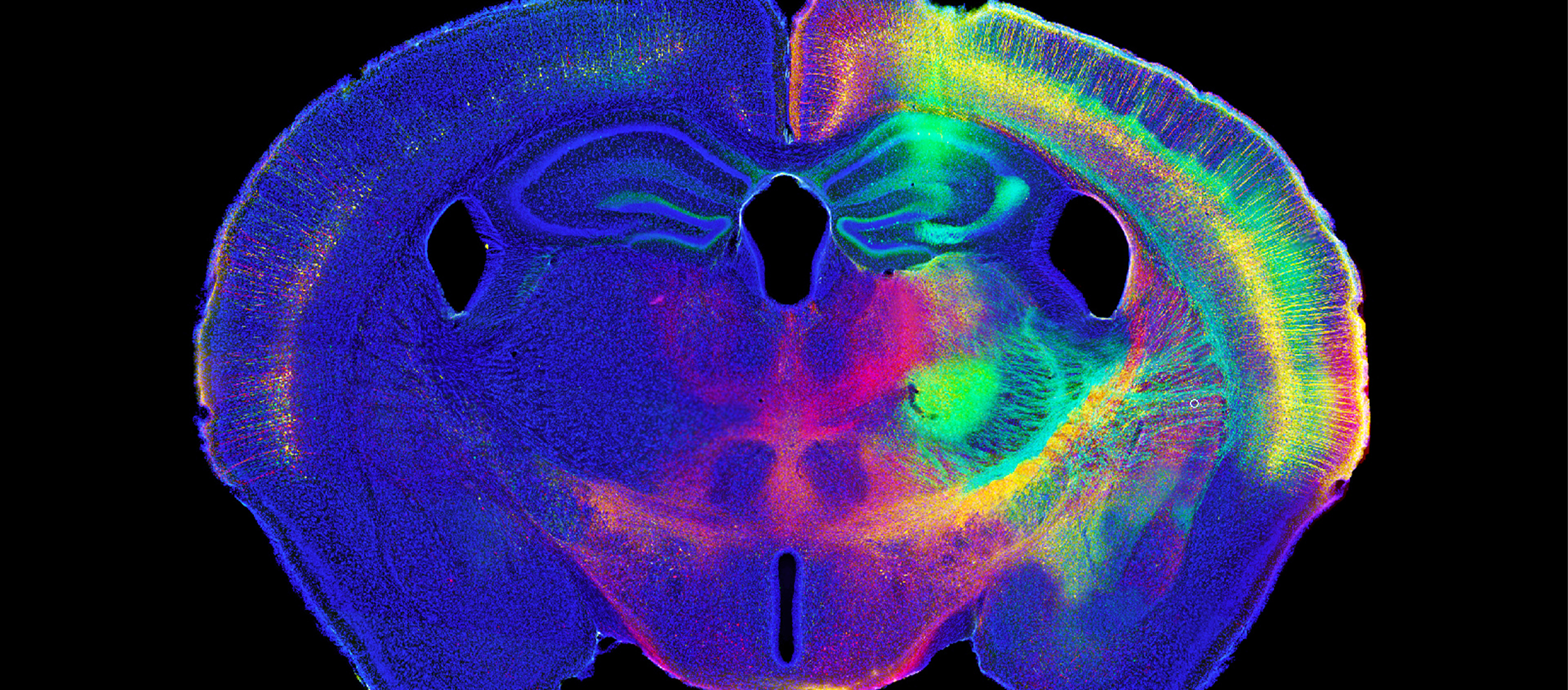Letter from the President: Why Getting Compared to Larvae is the Best Thing that Happened at SfN
I’m so glad we’re back to seeing each other in person again at SfN. I continue to marvel about how your insights, stories, and feedback directly make our products better at MBF. And, when you hear those stories in person…they provoke bigger ideas. For example, one of our current customers said to me, “you folks are like pond larvae, you are small…but you’re always there, adapting,...
Read More












